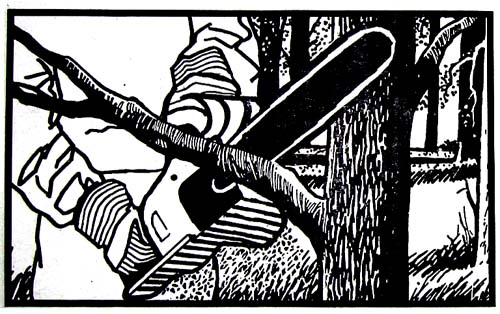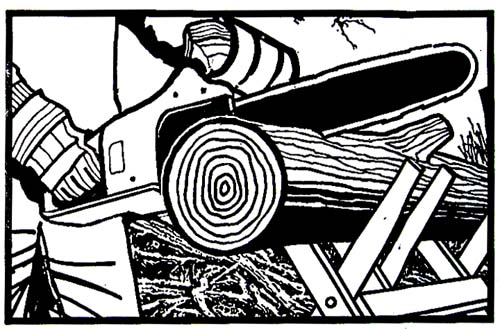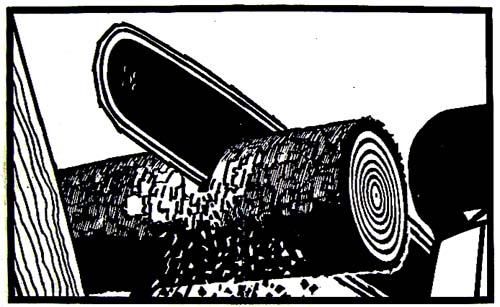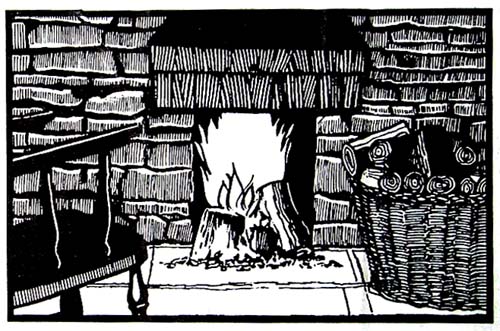



The Enigma of Aztec Sacrifice
by Michael Harner
Natural History, April 1977
Vol. 86, No. 4, pages 46-51.)
| A Micro Graphic Novel Project |
| Tonalli |
| By Douglas Irving Repetto |
| http://music.columbia.edu/~douglas/portfolio/index.shtml |
 |
| "The dismal drum of Huichilobos sounded again, accompanied by conches, horns, and trumpet-like instruments. It was a terrifying sound, and when we looked at the tall cue [temple-pyramid] from which it came we saw our comrades who had been captured in Cortés's defeat being dragged up the steps to be sacrificed. When they had hauled them up to a small platform in front of the shrine where they kept their accursed idols we saw them put plumes on the heads of many of them; and then they made them dance with a sort of fan in front of Huichilobos. Then after they had danced the papas [Aztec priests] laid them down on their backs on some narrow stones of sacrifice and, cutting open their chests, drew out their palpitating hearts which they offered to the idols before them." |
 |
| The Aztecs responded to their increasing problems of food supply by intensifying agricultural production with a variety of ingenious techniques, including the reclamation of soil from marsh and lake bottoms in the chinampa, or floating garden, method. Unfortunately, their ingenuity could not correct their lack of a suitable domesticable herbivore that could provide animal protein and fats. Hence, the ecological situation of the Aztecs and their Mesoamerican neighbors was unique among the world's major civilizations. I have recently proposed the theory that large-scale cannibalism, disguised as sacrifice, was the natural consequence of these ecological circumstances. |
 |
| At first glance, this prohibition against commoners eating human flesh casts doubt on cannibalism's potential to mobilize the masses of Aztec society to engage in wars for prisoners. Actually, the prohibition was, if anything, a goad to the lower class to participate in these wars since those who single-handedly took captives several times gained the right to eat human flesh. Successful warriors became members of the Aztec elite and their descendants shared their privileges. Through the reward of flesh-eating rights to the group most in need of them, the Aztec rulers assured themselves an aggressive war machine and were able to motivate the bulk of the population, the poor, to contribute to state and upper-class maintenance through active participation in offensive military operations. Underlying the war machine's victories, and the resultant sacrifices, were the ecological extremities of the Valley of Mexico. |
 |
| Gruesome as these practices may seem, an ecological perspective and population pressure theory render the Aztec emphasis on human sacrifice acceptable as a natural and rational response to the material conditions of their existence. In Tristes Tropiques, the French anthropologist Claude Levi-Strauss described the Aztecs as suffering from "a maniacal obsession with blood and torture." A materialist ecological approach reveals the Aztecs to be neither irrational nor mentally ill, but merely human beings who, faced with unusual survival problems, responded with unusual behavior. |
|
(Excerpts from: The Enigma of Aztec Sacrifice by Michael Harner Natural History, April 1977 Vol. 86, No. 4, pages 46-51.) |
| List all stories |